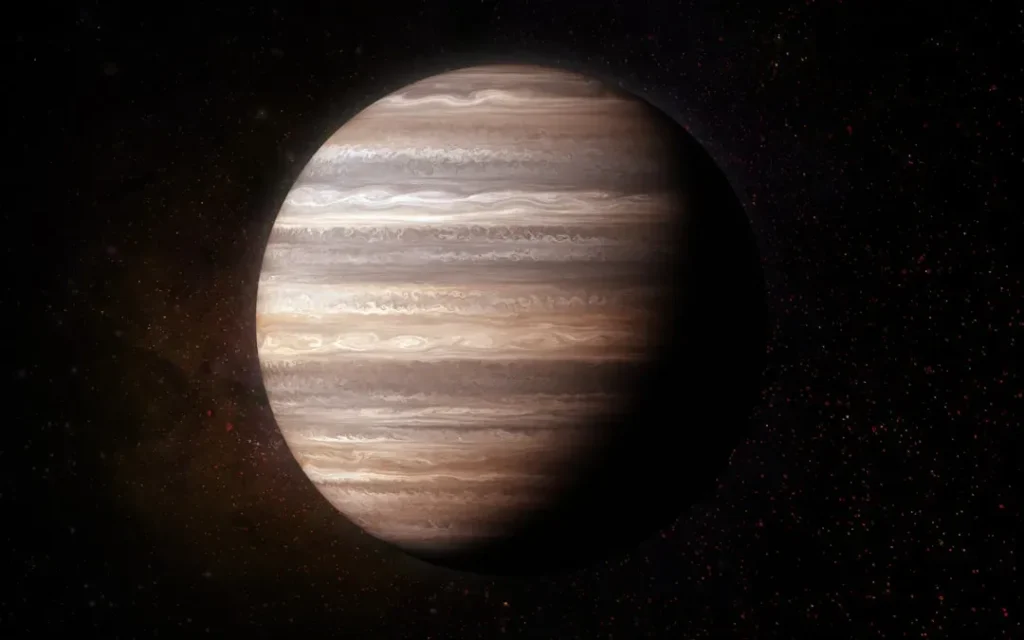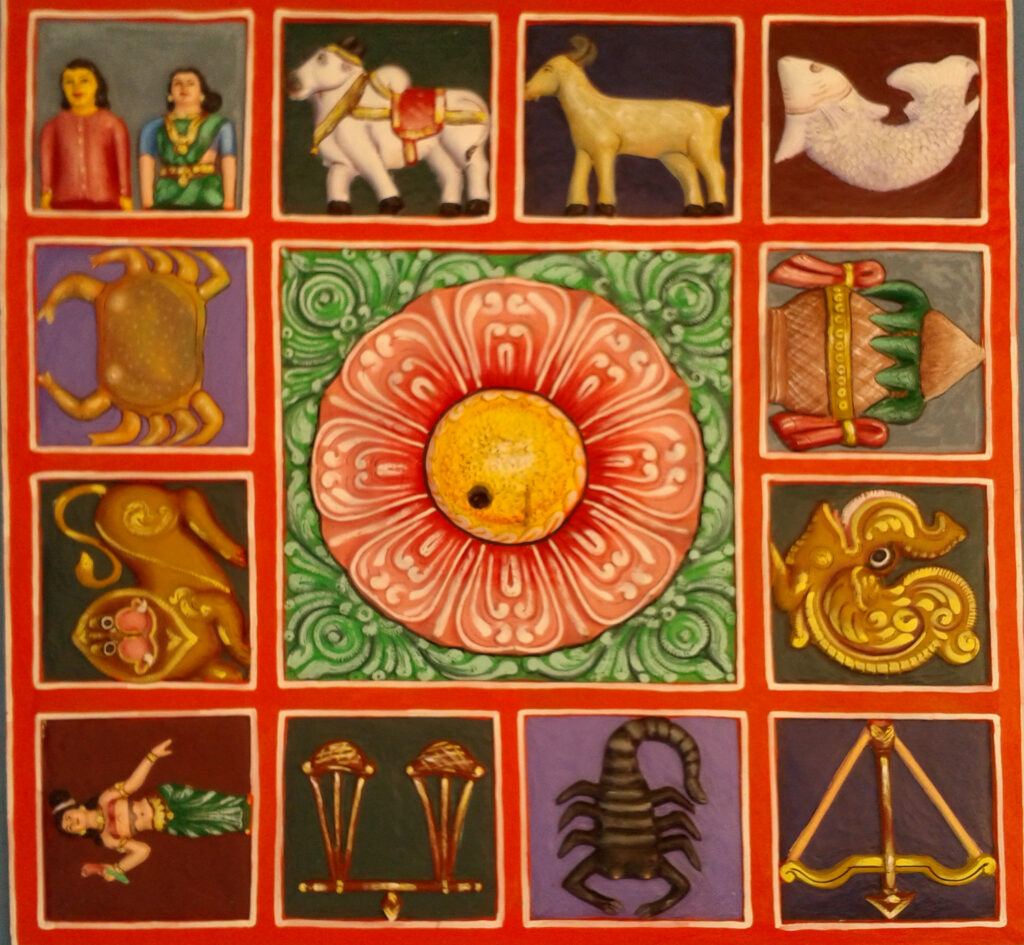What Your Favorite Color Reveals About Your Core Personality Traits
Think about the last time you had to make a choice. Maybe you were picking out a new phone case or scrolling through paint samples at the hardware store. Chances are, you gravitated toward the same color you always do. It feels natural, almost instinctive. You might not think twice about it. That simple color ...












